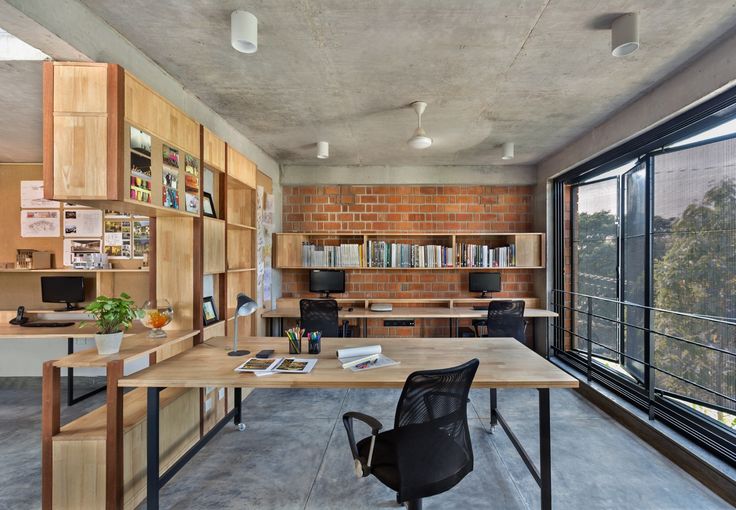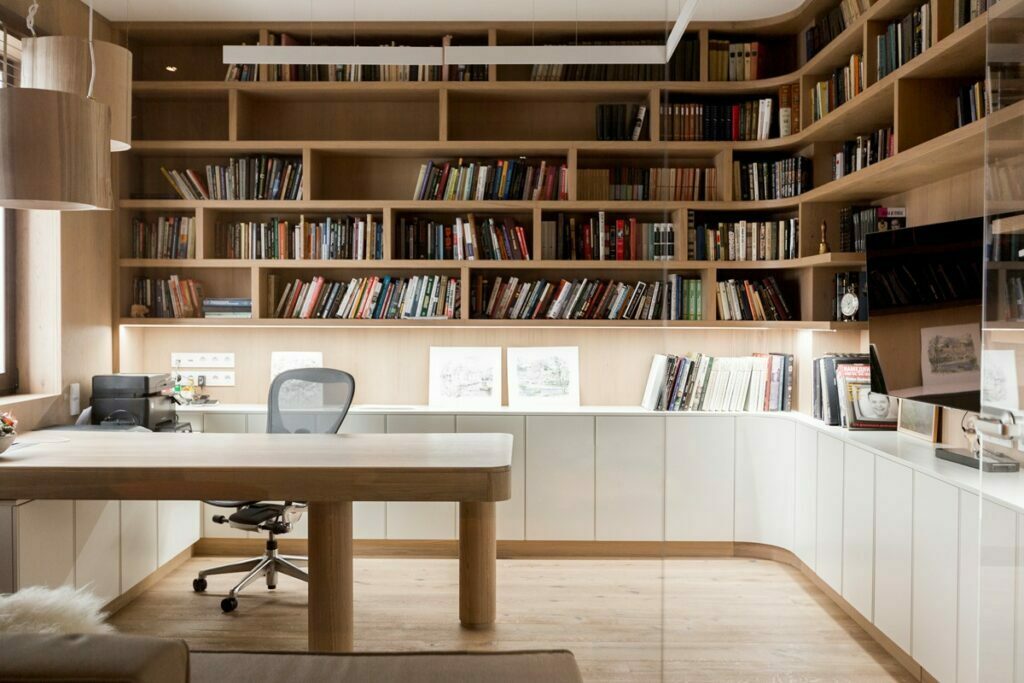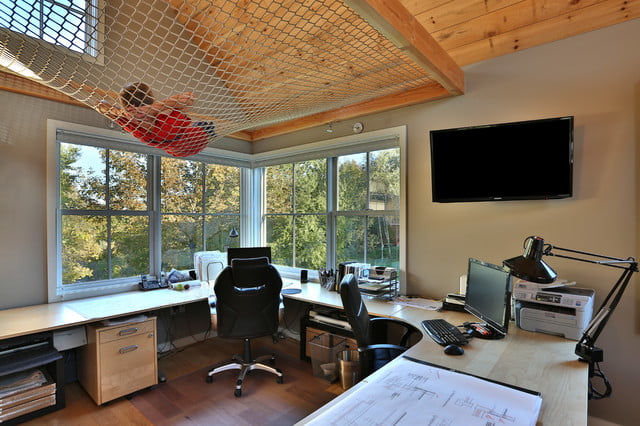
During the pandemic our lives’ normal rhythm has suddenly stopped and altered. A new reality was introduced and the main functions and habits of our cities, as well as our lifestyles had changed. The schools closed and we were not able to travel for work or leisure. The digitalization of all working systems was in…
This post will explore those changes that mentioned above and their meaning, spatial but also in terms of the society’s structure and city’s organisation. On the other hand, It will also point out that after all these post pandemic changes, there a clear people’s need to leave the house, socialise more and go back to the office. The new reality though meant that we had to make our working spaces more ‘homey’ and domestic looking.
The debate of home/office as a work location has become undeniably accelerated and it has more complex extends to it.
Improved technology and digitalization of working methods have offered a great opportunity for many to work from home as if they were working in their usual office space. This has been so appealing for many employers, as they can now have a more balanced spread of their domestic, family and professional duties.
Balance between work and family has traditionally being a challenge for most of us.
There have been traditional organisations where staff having children (or, more importantly, being seen to spend time with those children) has been considered a form of weakness and lack of productivity, making them unfit for career progression.
This has led to a very distinct division between our domestic and professional life. We all have one life though and it cannot be easily separated between tasks. Frankly, it shouldn’t. Forcing a separation in terms of our behaviour and blockage of our emotions, depending on what space we occupy, might have a negative effect in our long term mental health.
Thankfully, this attitude has considerably shifted over the last ten years and more ‘relaxed’, family friendly facilities have been created. These facilities could include parents’ rooms, family spaces, creches and after school clubs.

Working from home – living at the workplace
We see it more and more in our domestic client’s briefs that an office space is now almost and assumed requirement. Either a dedicated space in the house or a more flexible space/living environment. Maybe an office space that could potentially become and extra bedroom or possibly a garden office in a separate shed. In general, it is observed that home owners, are trying to improve the general quality of their house, through space, air quality, light, in order to fit that requirement of life work balance, whilst at home. This requirement has brought a new trend and typology. It created almost the ‘ideal’ space for a person or a family.
However, it was very quickly apparent that people have the need to socialise and mobilise themselves. Moreover, not everybody was so fortunate to have a dedicated office space in their home. Many young professionals had to work, sleep and socialise, pretty much in the same space. The need for returning back to the office space is now very apparently. At least the partial return.
The ‘work in the office’ experience has been dramatically changing however. The developers and employers are facing a greater task of providing a more high quality office spaces with a more domestic touch. The desire to replicate that relaxed home environment in the workplace. Some of those changes in the workplace are physical but also extend beyond the softening of physical spaces. The use of warm colours, abundant planting, natural materials, bespoke artwork, and feature lighting will also help provide an atmosphere of welcome and support. Workplaces will need to encourage employee interaction by providing more areas for collaboration; meeting rooms, casual lounge areas, and even games rooms provide a space for staff to socialise and connect. Designing a family-friendly workspace is about creating an inclusive place where families feel welcome, and employees feel at home.

The historic example
At his point, it is worth mentioning that this phenomenon and ‘change’, is not new. The idea of the house as a ‘workhome’ is a very old one. Traditionally people used to work where they slept, where they raised their children. Every house was a small workshop. This model still exists to this day, in different forms around the world.
There are three types of workhome residencies historically.
The workhome residencies that are mainly homes (more home dominated), people worked at home. The workhome residencies that are mainly workplaces (work-dominated), people lived at their workplace and the workhome residencies who have equal ratio between the two. The first two types where found more in the cities and the latter more in the countryside. The typologies of all of those types where dramatically different, based on their occupier’s needs.
The best example of that nowadays, are the farms. It is a model of a live/work arrangement. Applying this in an urban context could possibly be our new challenge.

Something for the future
Spaces are interlinked with our lifestyles, trends and needs. Building typologies should be flexible in order to reflect these constant changes. The Pandemic and post pandemic period, brought an ‘awakening’ and an opportunity to rethink about our spaces and lifestyles. We are currently facing a great challenge and opportunity of reusing underused spaces, utilising empty office blocks and realising that our new and existing buildings should be multifunctional. We should not ignore however, that mental health should be the top priority. Through our well-being, happiness, clarity and productivity can be achieved . Therefore our homes, as well as our workplaces should be able to reflect this balance.

